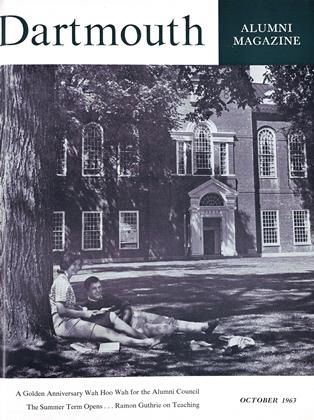By Louis Morton.Washington: Office of the Chief of Military History, 1962. 761 pp. $10.25.
During the thirteen years that Dr. Morton served as a member of the Army's Office of the Chief of Military History, as chief of the Pacific Section, he directed the preparation of the eleven-volume sub-series on the war in the Pacific. In addition, he wrote two of the books in the group, The Fall of thePhilippines and the book reviewed herein.
Strategy and Command: The First TwoYears is a monumental work not only in physical size, but also in the scope and depth of material content. Nowhere in the literature of World War II can one find so comprehensive, so absorbing, and so logical an exposition of the events and men that propelled the two nations toward collision and then, in the first two years of the war, assured victory for one and defeat for the other.
As stated in the author's preface, Strategyand Command is concerned with "all those activities associated with the preparation for and the conduct of the war in the Pacific." One will find little about military operations and the tactics of specific battles in this history; rather, it is concerned ". . . with policy and grand strategy at the highest level - war aims, the choice of allies and theaters of operations, the distribution of forces and supplies, and the organization created to use them." While discussing top-echelon American and Japanese planning during the years with which the book is concerned, the author has managed to delineate the character and personalities of the "great captains" and the strategists in both camps.
Following an introduction containing a succinct politico-geographical study of the Pacific Ocean area, its islands and peoples, and a capsulized history of the rise of the big powers' interest in the Pacific world, Dr. Morton covers the steps leading to, and the outbreak of, war with Japan. It must be pointed out again, however, that Dr. Morton is not concerned with the day-to-day fighting on the local scene, but examines in detail the high-level decisions reflecting such matters as whether or not to reinforce the major fleet and combat units; with how many men, ships, or planes; derived from what source or sources; and how these decisions will affect other areas of the global conflict.
Paralleling the burgeoning of the reader's insight into the complexity and frustrations of the Pacific War, there is a growing appreciation of the competing demands for what were, in the first two years of the struggle, severely limited resources. Indeed, during this period, the search for, and the allocation of, the men, ships, "beans, bullets, and black oil" needed to prosecute the war successfully were confronted with a seemingly endless series of almost insurmountable problems. The solution of these problems provides an illuminating and engrossing study of military and civilian leadership laboring under the overwhelming burden of directing an insatiable global war in coalition with demanding and relatively "poor" allies.
Dr. Morton treats with clarity the division of Pacific War responsibilities between General Mac Arthur and Admiral Nimitz and then goes on to show the difficulties that arose from this divided Pacific command. Also discussed clearly is the complex plan known by the code-name CARTWHEEL, which called for General MacArthur's forces to make thirteen separate landings in a period of eight months. Of equal interest is Morton's treatment of the MacArthur-Navy dispute over the conduct of the Pacific war.
This book ends with American prospects for victory on the upgrade. It tells of the completion of CARTWHEEL, and Marine landings on New Britain. In this section of the work, Dr. Morton explores the plans projected for operations in 1944 and the even longer-range planning for the final conquest of Japan. Only the highnotes of this volume have been commented upon, for it would be difficult to describe adequately in a brief review the breadth and magnitude, the scholarly research, and the always excellent, and sometimes inspired, writing found here. One can say, however, that this book will serve as the final authority on the period and subject which it encompasses.
 View Full Issue
View Full Issue
More From This Issue
-
 Feature
FeatureTHE FIRST FIFTY YEARS
October 1963 By SIDNEY C. HAYWARD '26, -
 Feature
FeatureSome Thoughts About Teaching
October 1963 By RAMON GUTHRIE, A.M. '38 -
 Feature
FeatureArtistry on Film ... ... With Serious Intent
October 1963 -
 Feature
FeatureSUMMER '63
October 1963 -
 Article
ArticleDeaths
October 1963 -
 Article
ArticleWITH THE BIG GREEN TEAMS
October 1963
Books
-
 Books
BooksCHRISTIANITY AND THE FAMILY
June 1942 -
 Books
BooksBriefly Noted
JANUARY 1967 -
 Books
BooksSTEEPLE BUSH
July 1947 By Francis Lane Childs '06 -
 Books
BooksALL THE BEST IN THE MEDITERRANEAN
March 1952 By John B. Stearns '16 -
 Books
BooksBRIGHT SALMON AND BROWN TROUT.
MARCH 1965 By PAUL SAMPLE '20 -
 Books
BooksSPEARHEADS FOR REFORM, THE SOCIAL SETTLEMENTS AND THE PROGRESSIVE MOVEMENT 1890-1914.
JANUARY 1968 By PHILIP S. BENJAMIN


